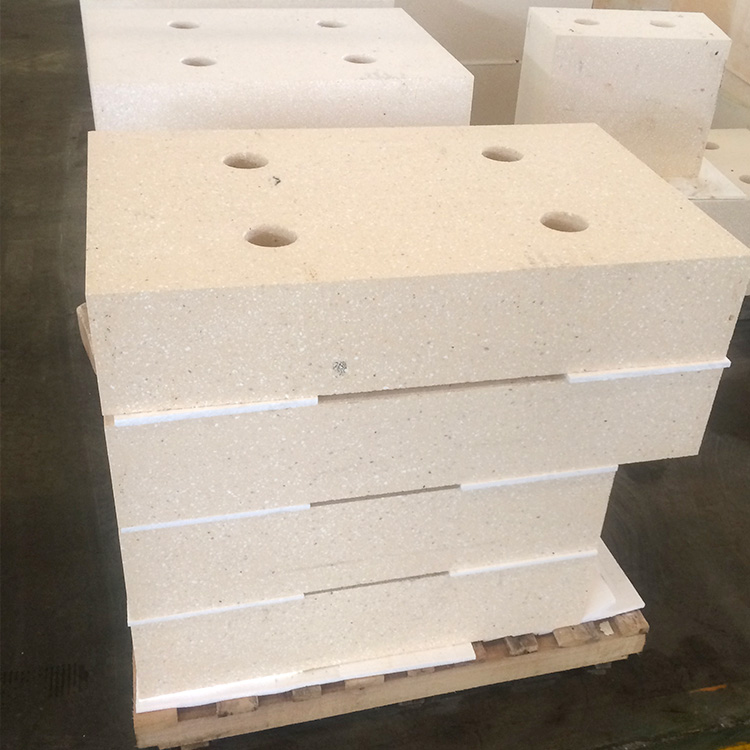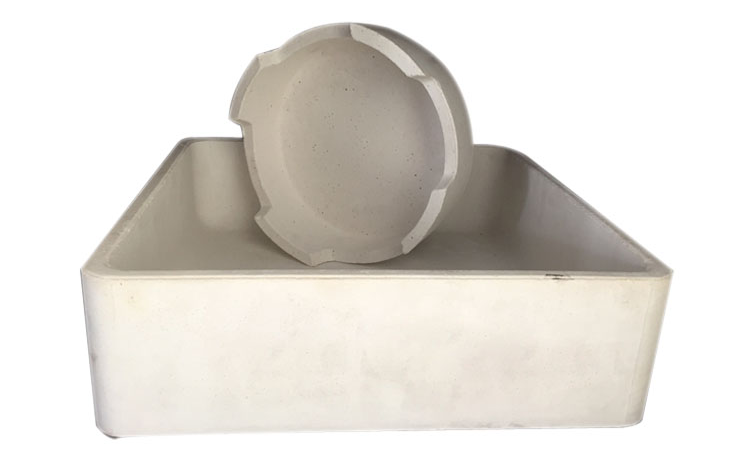
In high-temperature thermal processing, material selection for kiln furniture plays a pivotal role in ensuring process stability, product quality, and operational efficiency. Sillimanite (堇青石) kiln materials have emerged as a preferred choice globally, due to their distinctive blend of low density, porous microstructure, and exceptional thermal shock resistance. This article delves into the scientific and practical merits of sillimanite based kiln furniture, focusing on its performance between 1000ºC and 1300ºC, and highlights actionable insights for manufacturers in ceramics, glass, and advanced manufacturing sectors.
Kiln furniture materials must endure harsh thermal cycling and mechanical loads without deformation or degradation. Materials with poor thermal stability often cause excessive maintenance costs and production downtime. Sillimanite stands out by offering a strategic advantage: it reduces weight without compromising structural integrity, improving heat transfer dynamics and reducing energy consumption—key factors for optimizing furnace operation.

| Property | Value | Industry Benefit |
|---|---|---|
| Density | 2.6-2.8 g/cm³ | Lower kiln furniture weight reduces thermal inertia |
| Porosity | 18–22% | Improves thermal shock absorption |
| Thermal Shock Resistance | Up to 1300ºC stable cycling | Minimizes cracking/failure in rapid heating environments |
| Creep Resistance at 1200ºC | <0.15% strain over 1000h | Ensures longer service life under load |
These attributes collectively contribute to sillimanite's superior lifespan and performance, especially critical in processes requiring continuous or cyclical operation at elevated temperatures.
.jpg)
Creep deformation is a key failure mode for kiln furniture under sustained high temperatures. Sillimanite exhibits an impressively low creep strain—below 0.15% over 1000 hours at 1200ºC—while maintaining dimensional stability. This minimizes mechanical deformation that would otherwise compromise the integrity of load-bearing components. The material’s consistent performance reduces unplanned downtimes, ultimately lowering maintenance and replacement costs. Furthermore, its multi-porous structure provides improved resistance against thermal shock, allowing rapid temperature fluctuations without catastrophic damage.
In the ceramic industry, sillimanite trays and saggars have delivered stable shape retention and minimal warping after continuous exposure to 1250ºC cycles. Glass manufacturers report 15% less energy consumption due to improved heat conduction and reduced mass of kiln furniture components. Chemical processing plants utilizing sillimanite components in harsh thermal environments highlight enhanced corrosion resistance, aligning with the material’s inherent chemical stability.

For procurement professionals and engineers deciding on kiln furniture materials, sillimanite offers a high return on investment through its balance of performance and cost-effectiveness. Selecting sillimanite components enables manufacturers to:
Going forward, advancements in microstructure engineering and hybrid composites aim to further extend sillimanite’s capacity to meet even more demanding thermal cycles and multi-material processing.

